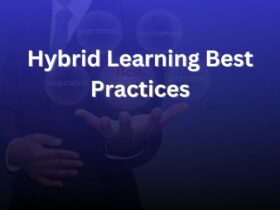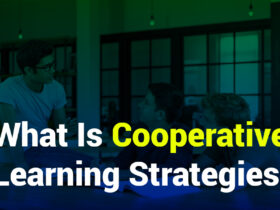Choosing the right Customer Relationship Management (CRM) system can be one of the most impactful decisions your sales organization makes. With the right tool, you can streamline lead management, gain visibility into your pipeline, boost close rates, and scale faster. But with so many CRM platforms available—and each promising to solve your sales problems—how do you know which one is the right fit for your business?
Start with Your Sales Process
Before even looking at CRM platforms, map out your current sales process.
Ask yourself:
- How do leads enter your system?
- How are deals qualified and nurtured?
- What steps take place before a sale is closed?
- Who owns each stage of the process?
Understanding this journey is essential. You want a CRM that fits into your existing workflows—or improves them—without forcing a full operational overhaul. Many companies jump into a CRM based on popularity, only to realize it doesn’t support their actual sales process.
Define Your CRM Requirements
Once your process is clear, it’s time to list out the features you truly need.
Must-Have Features:
- Customizable pipelines
- Deal stage automation
- Email integration (e.g., Gmail, Outlook)
- Reporting and analytics
- Contact and activity tracking
Nice-to-Haves (depending on your business model):
- Mobile app with full functionality
- Lead scoring
- Role-based permissions
- Workflow automations
- Integration with third-party tools (e.g., Slack, accounting, invoicing, marketing platforms)
Having a detailed list of requirements will help you filter through the noise and focus only on CRM platforms that support your team’s specific needs.
Compare CRM Platforms
There are countless CRM solutions on the market, but some of the most popular for small to mid-sized businesses include:
| CRM | Best For | Pros | Cons |
| Pipedrive | Sales-focused teams | Easy to use, customizable pipelines, strong visual interface | Requires external tools for full marketing automation |
| HubSpot | All-in-one sales & marketing | Free tier, integrates with marketing tools | Can get expensive at scale |
| Salesforce | Enterprise-level organizations | Deep customization, scalable | Steep learning curve, setup complexity |
| Zoho CRM | Cost-conscious SMBs | Affordable, full-featured | Interface can feel clunky |
Pipedrive stands out for its balance of usability, automation capabilities, and pipeline visibility. It’s purpose-built for sales teams that want to stay focused on closing deals—not managing tech.
Prioritize Customization & Integration
Even the best CRM won’t deliver results if it doesn’t align with your team’s way of working. That’s why customization is so important.
Can you:
- Add custom fields to match your deal stages?
- Automate follow-ups or deal movement based on actions?
- Pull reports that align with your KPIs?
- Integrate it with your existing tools and workflows?
- Build tailored pipelines and automations
- Set up integrations with your marketing stack, accounting, or support tools
- Train your team for faster adoption
- Continuously optimize the system as your business scales
This level of support ensures your CRM works for you—not the other way around.
Think Beyond Subscription Cost
Most CRM buyers fixate on monthly subscription fees. But the true cost includes:
- Time spent on setup and training
- Delays from poor implementation
- Missed sales due to inefficient processes
- Switching costs if you outgrow or misconfigure your CRM
Working with an expert consultant—particularly during onboarding—can help avoid these hidden costs. In many cases, what you save in time and efficiency far outweighs the upfront investment.
Involve Your Sales Team Early
No matter how powerful your CRM is, it’s useless if your team doesn’t use it.
Involve your sales reps in the evaluation phase:
- Let them test 2–3 shortlisted CRMs
- Ask for feedback on usability and workflow fit
- Use their insights to make the final decision
This not only increases adoption rates but also uncovers usability gaps that leadership may not notice.
Plan for Onboarding and Ongoing Optimization
CRM success doesn’t end with implementation. You need a structured plan for:
- Onboarding and training
- Data migration and cleanup
- SOP documentation
- Review cycles to optimize workflows
This is where a seasoned Pipedrive consultant becomes a valuable partner. They bring a tested framework for launching CRMs successfully, ensuring your setup supports future growth, not just today’s needs.
Final Thoughts
Choosing the right CRM isn’t just a tech decision—it’s a growth decision. It affects how your team sells, how you track performance, and how fast you can scale.
Taking a strategic approach—backed by a clear understanding of your needs and the right support—will help you avoid common pitfalls.













































Leave a Reply